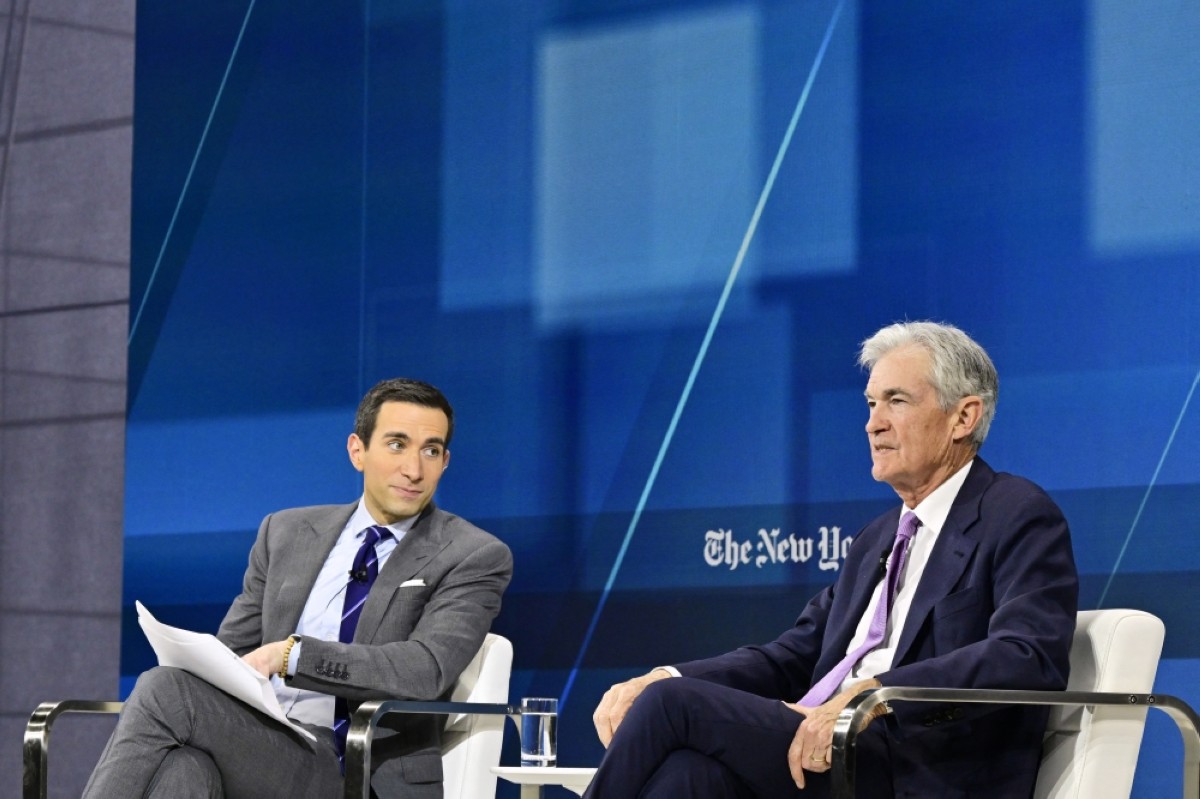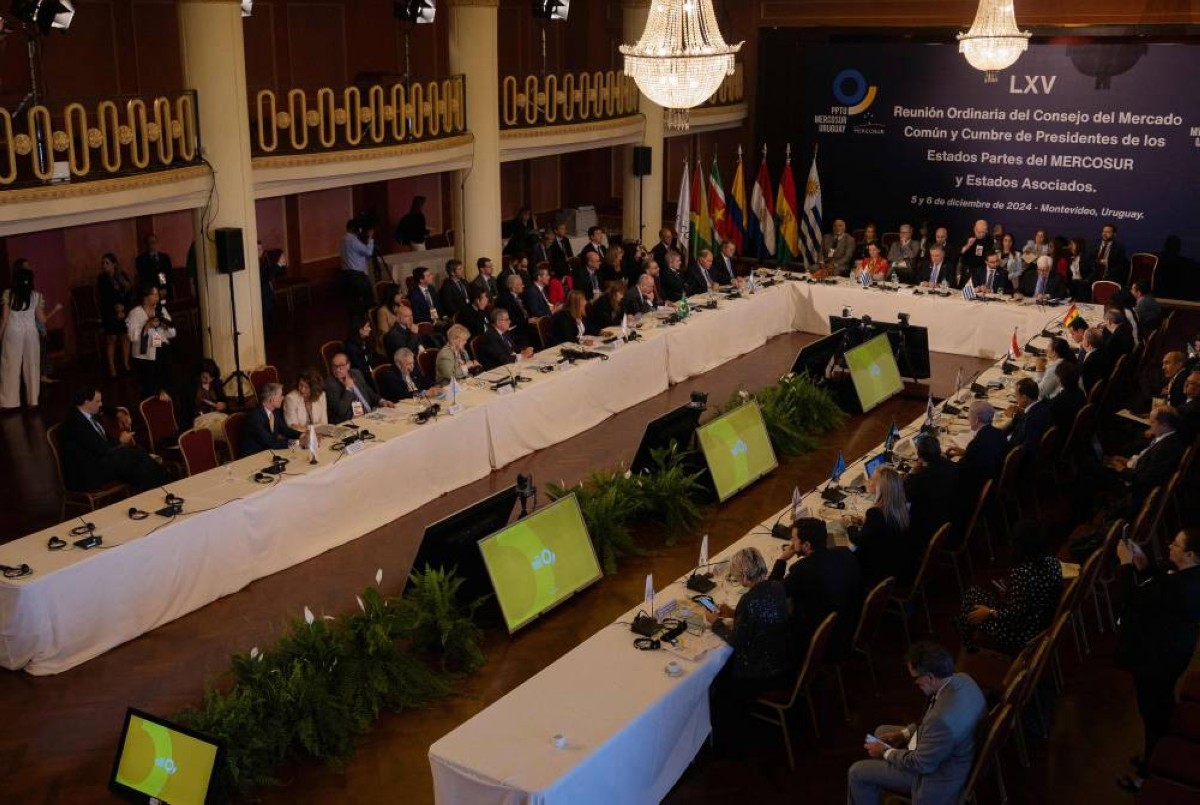Global economy on track for soft landing: IMF
ISTANBUL: The global economy appears on track for a soft landing, but activity and growth prospects remain weak, the International Monetary Fund (IMF) said on Monday in a report.

“The cyclical position of G20 countries has proven stronger than previously anticipated as disinflation has so far proceeded without triggering a recession and emerging market economies have demonstrated improved resilience,” said the G20 Surveillance Note, which was published before the G20’s Finance Ministers and Central Bank Governors’ Meeting in Sao Paulo, Brazil from Feb 28-29, according to Anadolu Agency.
A soft landing is a situation where a central bank raises interest rates too much and too high, leading to an economic slowdown but avoiding a recession. “Looking ahead, monetary policy is expected to loosen somewhat in 2024. However, medium-term growth prospects remain subdued—reflecting secular trends and challenges including weak productivity growth, ageing, geoeconomic fragmentation and climate vulnerabilities,” said the report.
The IMF said global economic growth could be higher than expected if the pace of disinflation is faster than anticipated and brings forward easing in monetary policy. The institution, on the other hand, warned that additional spikes in commodity prices, persistent tightness in the labor market, or renewed supply chain tensions could reignite inflationary pressures.
“An appropriate combination of fiscal and monetary policy will be critical to delivering debt, price, and financial stability,” the report said. The IMF, in addition, said G20 policymakers must step up efforts to mitigate the threat of climate change, help unlock Africa’s growth potential, strengthen the resilience of the international monetary system, and ensure the benefits of artificial intelligence adoption.
New commodity and supply disruptions could occur, following renewed geopolitical tensions, especially in the Middle East. Shipping costs between Asia and Europe have increased markedly, as Red Sea attacks reroute cargoes around Africa. While disruptions remain limited so far, the situation remains volatile. Core inflation could prove more persistent. The price of goods remains historically elevated relative to that of services. The adjustment could take the form of more persistent services—and overall—inflation. Wage developments, particularly in the euro area, where negotiated wages are still on the rise, could add to price pressures. Markets appear excessively optimistic about the prospects for early rate cuts. Should investors re-assess their view, long-term interest rates would increase, putting renewed pressure on governments to implement more rapid fiscal consolidation that could weigh on economic growth.
Policy challenges
With inflation receding and growth remaining steady, it is now time to take stock and look ahead. Our analysis shows that a substantial share of recent disinflation occurred via a decline in commodity and energy prices, rather than through a contraction of economic activity. Since monetary tightening typically works by depressing economic activity, a relevant question is what role, if any, has monetary policy played? The answer is that it worked through two additional channels. First, the rapid pace of tightening helped convince people and companies that high inflation would not be allowed to take hold. This prevented inflation expectations from persistently rising, helped dampen wage growth, and reduced the risk of a wage-price spiral. Second, the unusually synchronized nature of the tightening lowered world energy demand, directly reducing headline inflation. — Agencies.











